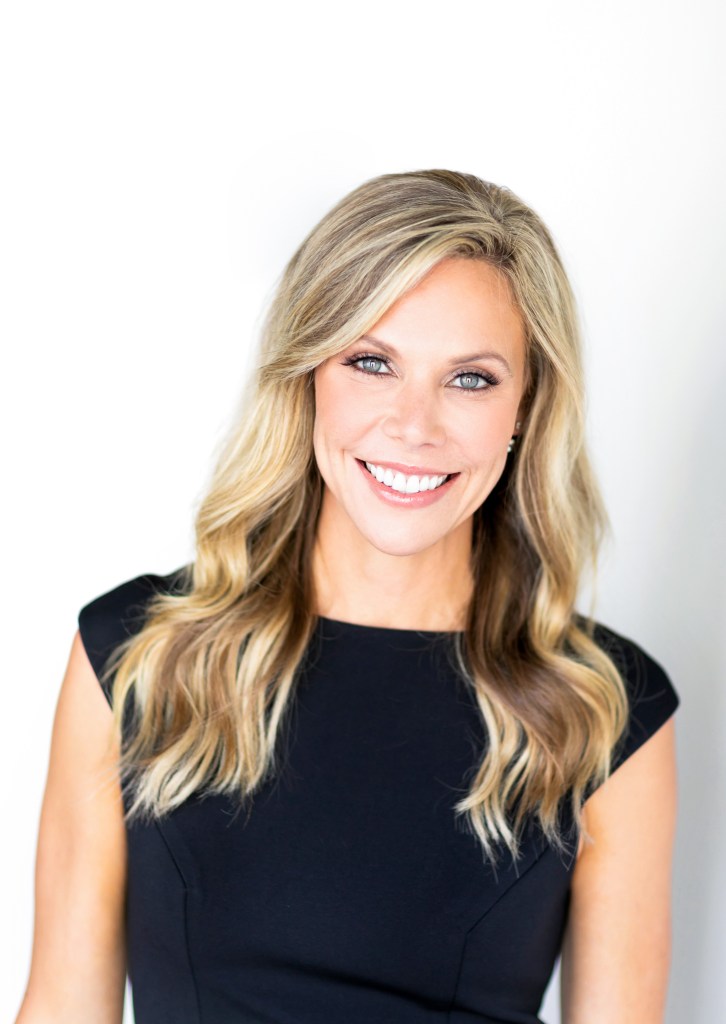HomeSafe Second, the second-lien, fixed-rate, private-label reverse mortgage from Finance of America Reverse (FAR), is returning with a new enhancement — a reduction to 55 in the minimum age requirement, according to FAR’s president, Kristen Sieffert.
HomeSafe Second was first introduced in 2018, marking the industry’s first-ever second-lien reverse mortgage option. However, the product was suspended in 2020 due to economic volatility caused by the COVID-19 pandemic, but it is now making a return after nearly three years.
Originator training for the enhanced version of HomeSafe Second will begin on February 6, according to the company. Industry professionals can register for training on the product website.
The roll-out
HomeSafe Second is a proprietary fixed-rate reverse mortgage that allows borrowers who meet the minimum age requirement to tap their home’s equity without impacting the interest rate on a primary traditional mortgage. There is no monthly payment aside from the typical reverse mortgage costs, like property taxes, fees and homeowner’s insurance.
The initial roll-out will be in California, Colorado, Connecticut, Florida, South Carolina and Texas. Every state but Texas allows borrowers as young as 55 to take advantage of the product. Texas requires borrowers to be at least 62, the same minimum age required for a Home Equity Conversion Mortgage (HECM). FAR lowered the minimum age to 55 in qualifying states in late 2021.

One of the chief reasons FAR revived HomeSafe Second is an increasing need that many seniors have for additional cash flow.
“Today, older homeowners are grappling with inflation, high interest rates, depleted retirement accounts and rising healthcare costs, and many are finding themselves in need of cash,” Sieffert said. “At the same time, we’re seeing higher levels of home equity among senior homeowners, which provides a significant opportunity for retirees to unlock that wealth and use it for their immediate retirement planning needs.”
A ‘product for all originators’
Loan products used in years past may not meet borrower needs due to current challenges, Sieffert said.
“HomeSafe Second addresses this growing, largely unmet customer need and provides more homeowners the opportunity to access their home equity without impacting their monthly budget or changing the interest rate on their first mortgage,” she said.
There have not been any similar products introduced in the years since HomeSafe Second was rolled out, Sieffert said.
“Given today’s higher interest rates and the current economic environment, many homeowners would not benefit from refinancing their first mortgage — and their budgets may not allow for adding another monthly payment,” Sieffert said. “HomeSafe Second is a much-needed alternative to other second-lien mortgages, HELOCS, or taking on more debt via a personal loan or credit cards.”
When asked about what this can provide for reverse mortgage professionals, Sieffert said HomeSafe Second is a product that need not be restricted to current industry professionals.
“HomeSafe Second is a tool for all originators, not just reverse mortgage professionals,” she said. “It provides another option for all originators, including reverse mortgage professionals, to give their clients more flexibility when choosing products that best suit their retirement needs. This product is a much-needed alternative to solutions that would either impact the homeowner’s interest rate on a first mortgage or their monthly budget, and it fills a gap in the market by providing a financing solution for older homeowners who either don’t qualify for, or can’t benefit from, a HECM or another HomeSafe product.”
Potential use cases
Citing recent NRMLA/RiskSpan data that shows senior-held home equity at $11.81 trillion, FAR said there are several use cases for HomeSafe Second — including paying down high-interest debt from medical costs or credit cards; funding home improvement or renovation projects; investing in property or a business; or covering tax obligations, insurance policies or annuities.
The only thing the loan proceeds cannot be used on, according to the company, is to pay off the first-lien mortgage loan balance.
“Loan proceeds are income-tax-free and funds are distributed via a lump-sum payment at closing with a maximum loan amount of $4 million,” FAR said. “The homeowner or their heirs will never owe more than the value of the home, as it is a non-recourse loan, and there is no minimum home value to qualify.”
Market temperature
When asked about other HomeSafe variations, Sieffert said the company is focused on its current offerings. The timeline for expanding it into other states is unclear, but the company will start fulfilling the requirements for other states immediately.
As with most private-label reverse mortgages, including other HomeSafe variations, the non-recourse feature is way that proprietary products can mimic some HECM product features. Having a product that can allow more homeowners to utilize their home’s equity is a major part of the strategy for reviving HomeSafe Second, according to Britany Luth, FAR’s VP of business optimization .
“We remain focused on growing our potential customer base and introducing more homeowners to the benefits of home equity, and this exciting product will help us accomplish those goals,” Luth said. “FAR is agile about responding to market conditions, and we’re proud to help even more homeowners thrive in their later years with this loan option.”
When asked about any other factors the industry should keep in mind, Sieffert said this rollout is indicative of FAR’s desire to respond to market conditions.
“The home is often one of the largest assets for retirees, and they should be given the opportunity to consider whether a reverse mortgage or other home equity financing solutions are appropriate for them,” she said. “With HomeSafe Second, more homeowners will be able to tap the equity in their homes to accomplish financial and personal goals that will enable them to thrive in their retirement years.”





